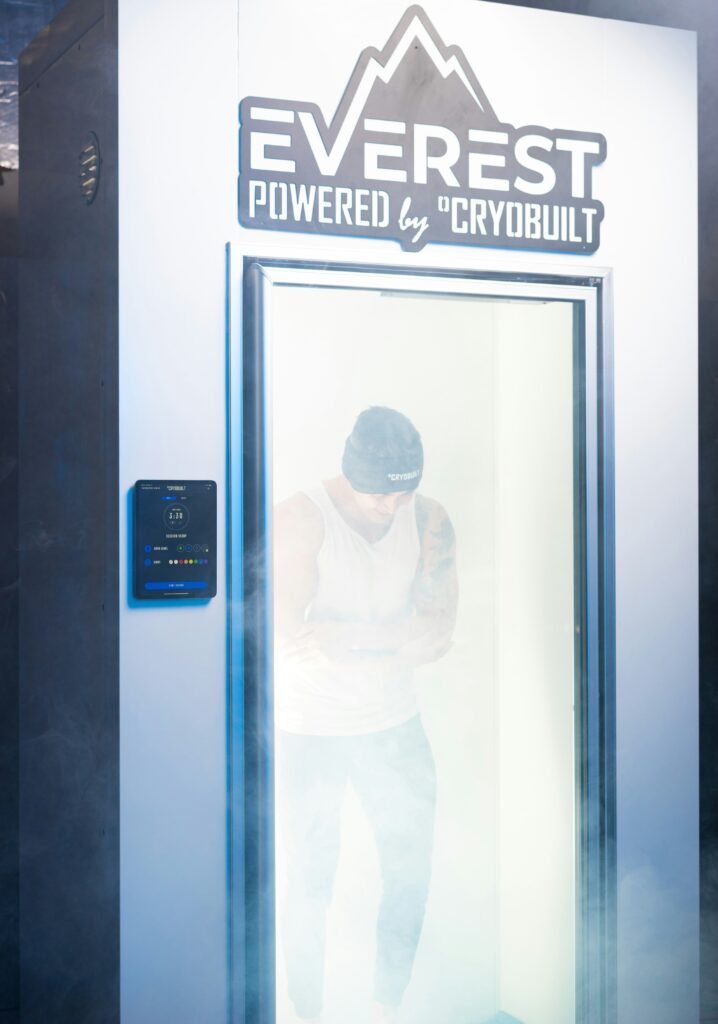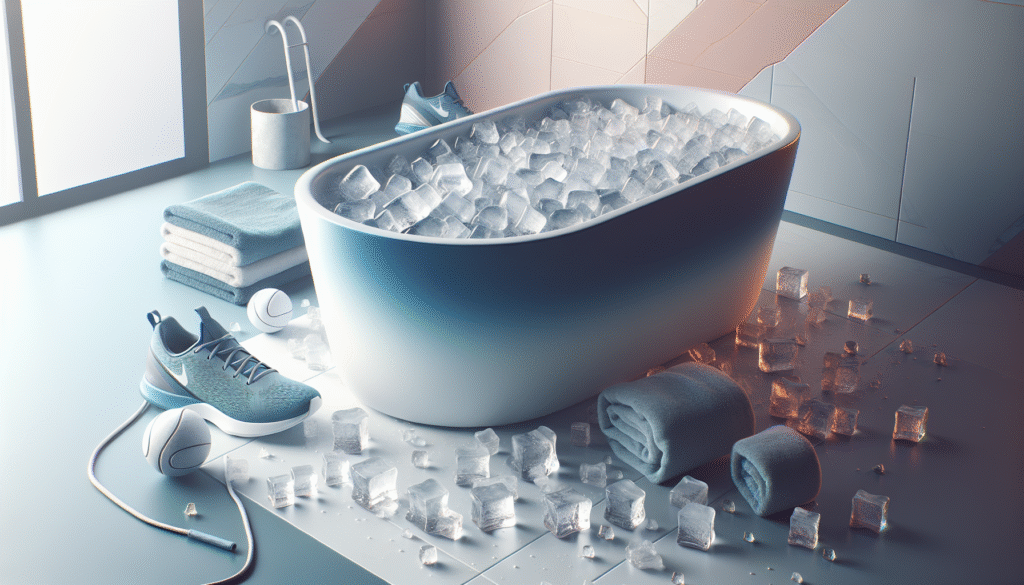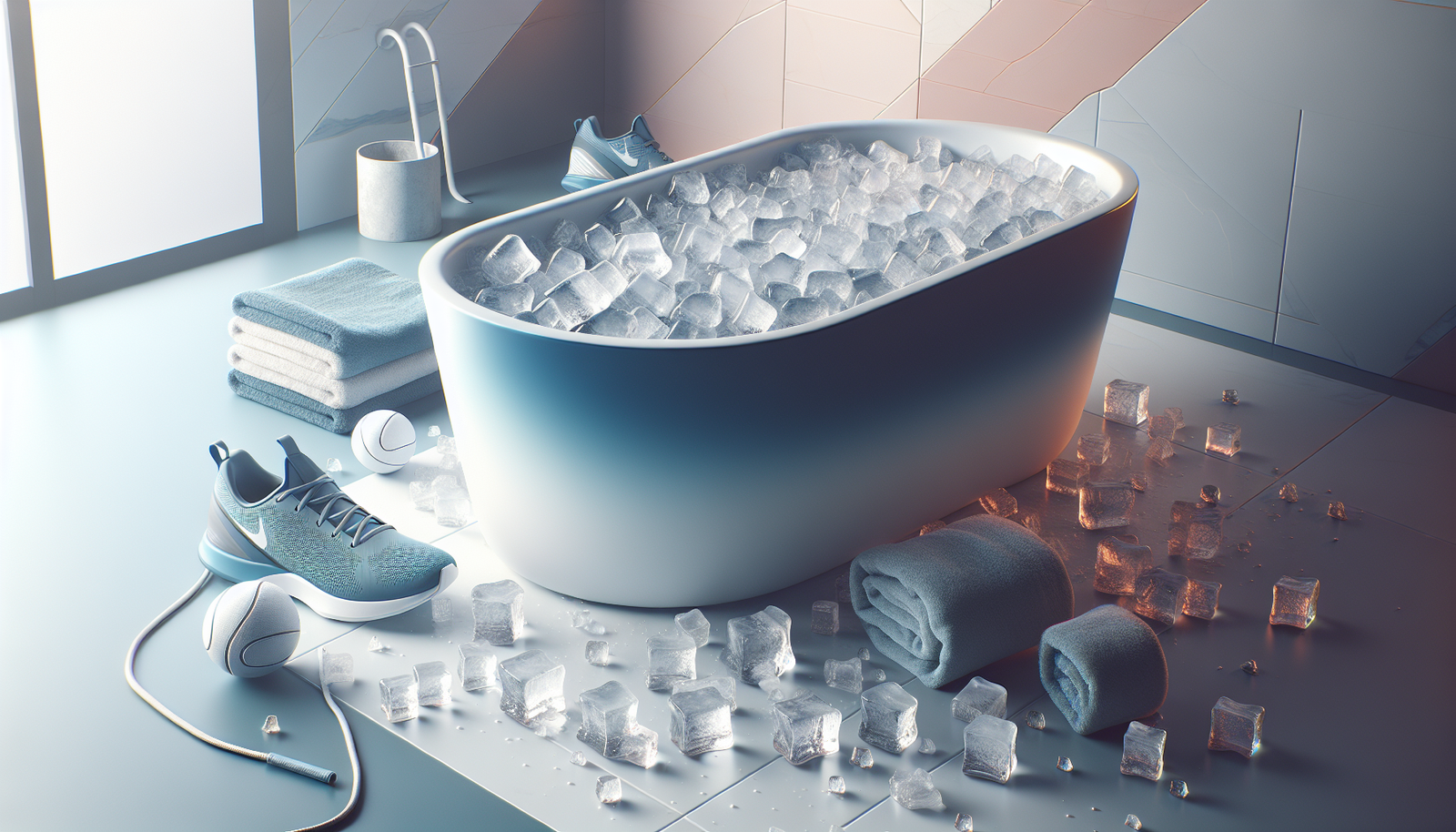Have you ever found yourself wondering why athletes often immerse themselves in ice baths after a grueling workout or competition? It’s a fascinating topic that intertwines science and sports, revealing just how much cold therapy can enhance recovery.

What is Cold Therapy?
Cold therapy, also known as cryotherapy, is the practice of using low temperatures to treat injuries and manage pain. It’s not just a trend; for decades, athletes have turned to this technique to expedite recovery and minimize soreness. The principle behind cold therapy is quite simple: applying cold can constrict blood vessels, reducing inflammation and swelling in the tissues.
A Brief History of Cold Therapy
Historically, cold therapy dates back centuries, with evidence suggesting that ancient Greeks and Egyptians recognized the benefits of applying cold to heal injuries. In the modern era, it’s been adopted widely in sports medicine, becoming a staple for recovery protocols.
The Science Behind Cold Therapy
Understanding the science behind cold therapy can help you grasp why it’s so effective. When you expose the body to cold, several physiological responses occur.
Vasoconstriction and Inflammation Control
Initial exposure to cold temperatures causes vasoconstriction, which reduces blood flow to the area. This decrease in blood flow can help prevent excessive swelling and inflammation, which are common responses to injury.
| Physiological Response | Effect |
|---|---|
| Vasoconstriction | Reduces blood flow |
| Decreased metabolic rate | Lowers energy demand of tissues |
| Reduced inflammation | Decreases pain and swelling |
Pain Relief Mechanism
Cold therapy can provide immediate relief from pain. By numbing the affected area and reducing nerve conduction velocity, cold therapy can lessen the sensation of pain.
Reduced Muscle Soreness
After intense physical activity, you might feel what’s known as delayed onset muscle soreness (DOMS). Cold therapy can mitigate this by reducing muscle soreness and tension, allowing you to recover more effectively.
Cold Therapy Techniques
Now that you understand the science, let’s take a closer look at some common methods of cold therapy used in sports recovery.
Ice Packs
One of the simplest and most accessible forms of cold therapy, ice packs can be applied directly to an injured area. They’re effective in reducing swelling and numbing pain, perfect for acute injuries like sprains or strains.
Ice Baths
Taking an ice bath involves immersing yourself in cold water, typically around 50-59°F (10-15°C). Athletes often use this method post-exercise to combat inflammation and promote recovery.
Cryo Chambers
Cryotherapy chambers expose the body to extremely low temperatures for a short period, generally between 2-4 minutes. These high-tech facilities are becoming increasingly popular among athletes seeking advanced recovery options.
Cold Compression Therapy
This technique combines cold and compression to enhance recovery further. Cold compression devices can be applied to specific areas, giving a dual benefit that addresses swelling while providing targeted relief.
Benefits of Cold Therapy in Sports Recovery
With various methods available, you might be curious about the notable benefits cold therapy offers. Let’s break down some of the key advantages.
Enhanced Recovery Time
Research consistently shows that athletes using cold therapy can recover faster than those who do not. By managing inflammation and decreasing soreness, athletes can return to their optimal performance levels quicker.
Improved Performance
When you recover faster, your performance improves. Less soreness means more efficient training sessions, translating to better performances in competitions. Athletes who regularly utilize cold therapy often report feeling more prepared and energized for their next activity.
Injury Prevention
Injuries can plague any athlete, but implementing cold therapy could lead to fewer injuries over time. By managing inflammation and maintaining muscle health, you’re setting yourself up for success and potentially dodging those nagging injuries.

Evidence Supporting Cold Therapy
Research Studies
Let’s take a look at some scientific studies that validate the benefits of cold therapy in sports recovery.
-
Study on Ice Baths and DOMS
A study published in the Journal of Sports Sciences found that subjects who took ice baths after intense exercise reported significantly less muscle soreness compared to those who didn’t. They also had improved muscle function in subsequent training. -
Cryotherapy and Recovery Time
Another study in the European Journal of Applied Physiology examined the effects of cryotherapy on recovery time. The findings indicated that participants using cryotherapy could return to their peak performance levels more swiftly than those who didn’t. -
Cold Water Immersion Effects on Muscle Injury
A systematic review published in Sports Medicine highlighted that cold water immersion post-exercise can notably reduce muscle damage indicators in athletes, further confirming its role in enhancing recovery.
Professional Endorsements
Many professional athletes and sports teams have embraced cold therapy. High-profile athletes like LeBron James and Cristiano Ronaldo have been vocal advocates, touting the benefits they’ve experienced. Professional sports teams integrate ice baths and cryotherapy as a core part of their recovery strategy, often attributing victories to effective recovery protocols.
How to Apply Cold Therapy Safely
Consider the Timing
Understanding when to apply cold therapy is essential. For acute injuries, immediate application can be crucial. In contrast, post-exercise, utilizing cold therapy can be beneficial for reducing soreness.
Duration and Frequency
When using ice packs or taking ice baths, keep the duration in mind. A general rule of thumb is to apply cold for 15-20 minutes at a time, allowing periods in between for your skin to return to a normal temperature.
Protect Your Skin
Always have a barrier, like a towel, between ice and your skin to prevent frostbite. Skin protection ensures cold therapy remains effective while safeguarding against injury.

Limitations of Cold Therapy
While cold therapy offers numerous benefits, it’s also important to acknowledge its limitations.
Not for Everyone
Cold therapy isn’t suitable for everyone. Individuals with certain medical conditions, such as Raynaud’s disease or circulatory issues, may need to avoid cold therapy or consult a healthcare provider before use.
Temporary Relief
It’s crucial to understand that cold therapy often provides temporary relief. While it can enhance recovery, it does not replace comprehensive rehabilitation protocols for serious injuries.
Alternative Recovery Methods
It’s worth noting that cold therapy is just one piece of the recovery puzzle. You might want to consider combining it with other recovery methods for optimal results.
Compression Therapy
Alongside cold therapy, compression garments can help to enhance circulation and reduce swelling, working harmoniously to improve recovery time significantly.
Stretching and Flexibility
Incorporating stretching routines into your recovery can help in maintaining flexibility and range of motion, which can be affected after intense training.
Proper Nutrition and Hydration
Never underestimate the power of a balanced diet and hydration. They play a pivotal role in your overall recovery and performance. Consuming a diet rich in antioxidants, proteins, and healthy fats can enhance recovery.

Cold Therapy Myths Debunked
As with most things in life, myths and misinformation can cloud understanding. Here are a few common misconceptions about cold therapy.
“Cold Therapy will Always Prevent Injury”
While cold therapy can reduce swelling and soreness, it’s essential to remember that there’s no guaranteed way to prevent injuries. A thorough warm-up and conditioning are crucial in your overall injury prevention strategy.
“Ice Baths are Only for Professional Athletes”
This misconception couldn’t be further from the truth. Anyone—from weekend warriors to everyday fitness enthusiasts—can benefit from cold therapy. If you’ve just completed an intense workout, consider incorporating cold therapy into your recovery routine.
“You Can’t Use Cold Therapy for Chronic Pain”
Cold therapy can be beneficial for managing chronic pain in some situations. While it’s not a cure, it can help provide temporary relief. Always best to discuss with a healthcare provider for personalized advice.
Final Thoughts
As you reflect on your own training and recovery protocols, consider the merits of cold therapy. The science supports its effectiveness, and many athletes testify to the benefits they’ve reaped. Whether you’re nursing a minor injury or seeking to optimize your recovery, cold therapy offers a practical solution.
Listening to your body is essential. If you find yourself feeling sore or fatigued after workouts, why not give cold therapy a try? You’ll likely be surprised by how much better you feel after recovery. So, go on—embrace the chill, and let your body thank you later.


